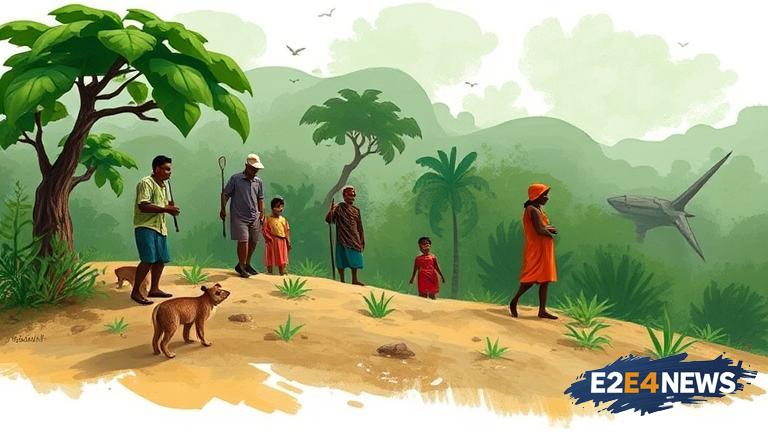India, a country with a rich cultural heritage and diverse ecosystems, is facing numerous environmental challenges that threaten its very survival. The country’s rapid industrialization and urbanization have led to widespread deforestation, pollution, and climate change, putting its biodiversity and natural resources at risk. However, amidst these challenges, there are many communities across India that are taking the lead in conservation efforts, protecting the country’s green cover and promoting sustainable development. These communities, often referred to as the ‘guardians of the green’, are working tirelessly to preserve India’s natural heritage, from the Western Ghats to the Eastern Himalayas. They are involved in various activities such as afforestation, soil conservation, and wildlife protection, which are crucial for maintaining the country’s ecological balance. The community-led conservation efforts are not only helping to protect the environment but also providing livelihood opportunities for local people, thereby promoting sustainable development. In many parts of India, communities are coming together to form self-help groups, which are working to promote organic farming, reduce chemical usage, and conserve water resources. These initiatives are not only helping to improve the environment but also enhancing the quality of life for local communities. Furthermore, community-led conservation efforts are also helping to preserve India’s rich cultural heritage, including its traditional knowledge and practices related to natural resource management. The Indian government has also launched several initiatives to support community-led conservation efforts, including the ‘Green India Mission’ and the ‘National Mission for Sustainable Agriculture’. These initiatives aim to promote sustainable development, reduce poverty, and improve the environment, while also supporting community-led conservation efforts. However, despite these efforts, there are still many challenges that need to be addressed, including the lack of funding, inadequate infrastructure, and limited awareness about the importance of conservation. To overcome these challenges, it is essential to provide greater support to community-led conservation efforts, including financial assistance, technical guidance, and capacity building. Additionally, there is a need to raise awareness about the importance of conservation and the role that communities can play in protecting the environment. This can be achieved through education and outreach programs, which can help to mobilize public support for conservation efforts. In conclusion, India’s green guardians are playing a crucial role in protecting the country’s natural heritage and promoting sustainable development. Their efforts are a testament to the power of community-led conservation and the importance of preserving India’s biodiversity and natural resources for future generations. The Indian government, civil society, and the private sector must work together to support these efforts and ensure that India’s environment is protected for years to come. By doing so, we can help to create a more sustainable future for India and its people. The community-led conservation efforts are a shining example of the impact that can be achieved when people come together to protect the environment. These efforts are not only helping to preserve India’s natural heritage but also promoting sustainable development and improving the quality of life for local communities. As India continues to grow and develop, it is essential that we prioritize conservation and sustainability, and support the efforts of the country’s green guardians. By working together, we can help to create a better future for India and its people, and ensure that the country’s natural heritage is protected for generations to come.
